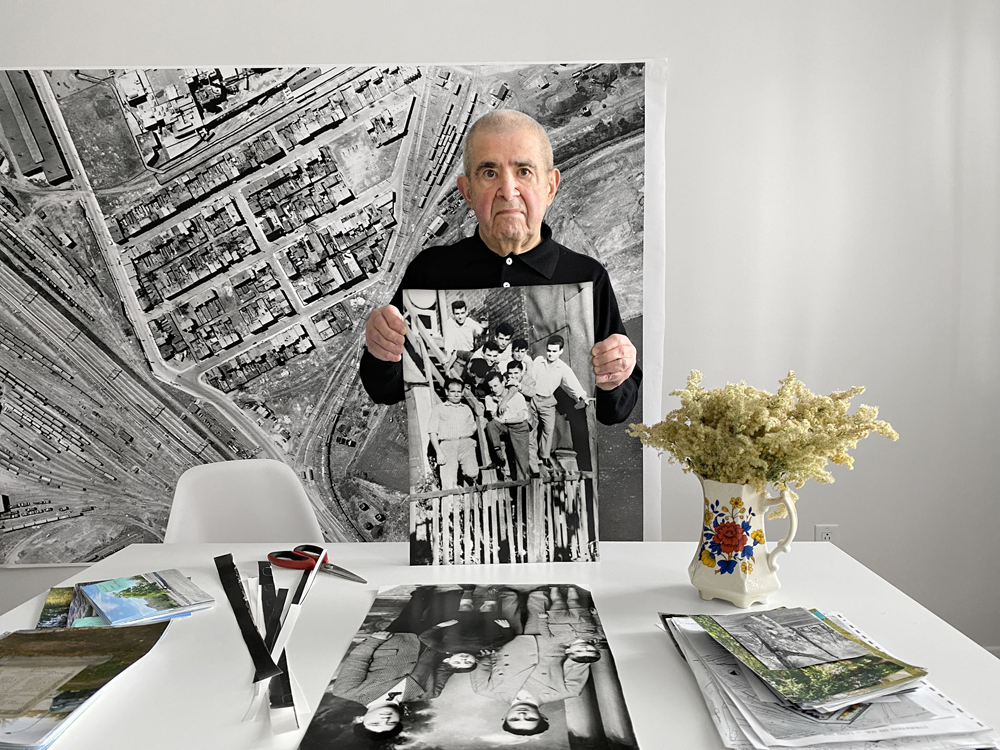
italocanadese.com – A unique exhibit by Italian-Montreal visual artist Marisa Portolese is bringing a lost neighbourhood back to life.
“I grew up hearing about il villaggio. We kept hearing about this mythical place we couldn’t find because it didn’t exist anymore,” Portolese explains.
Officially known as Victoriatown, the neighbourhood was located at Victoria Bridge and the Lachine Canal on the south side of Pointe St-Charles, in the southwest region of Montreal.
“Goose Village” was the moniker of choice for its inhabitants. The name is supposedly derived from the geese that the First Nations hunted on the land. Portolese admits that she has not been able to find a source for this story. It remains folklore.
In the early 1900s, the demographic of Goose Village was a mix of British, Irish, French-Canadian and Scottish citizens. By the 1960s, il villaggio had become a tight-knit working class neighbourhood made up of 330 immigrant families, mostly of Italian and Irish origin. Portolese’s parents were one of those families.
But Expo 67 was coming, and the city of Montreal had big plans. In December of 1962, Mayor Jean Drapeau’s team announced that Goose Village was slated for redevelopment. The announcement was followed by a successful smear campaign to deem the area problematic.
“Close to the CNR tracks, this is an area where there is much evidence of juvenile delinquency, lawlessness, sickness and other problems so often associated in the public mind with slum areas,” the Montreal Star reported at the time.
In 1964, the city bulldozed the entire six-block enclave to make way for the Autostade, a football stadium and parking lot built specifically for Expo 67. It was later torn down in 1976.
When Portolese started her Masters in Fine Arts in the late 1990s, she planned to focus her thesis on Goose Village. But she soon realized that the research would be long and arduous. The Internet as a research tool was not even a concept.
So the project was shelved until years later when she came across an article by Montreal Gazette reporter Marian Scott titled “’V’ is for Vanished: Not a trace survives of glorious Goose Village.” Coupled with the discovery of Les printemps incertains, a 1992 documentary film by Sylvain L’Espérance that looks at gentrification in the working class neighbourhoods of southwest Montreal, Portolese was inspired to finally start her Goose Village project.


